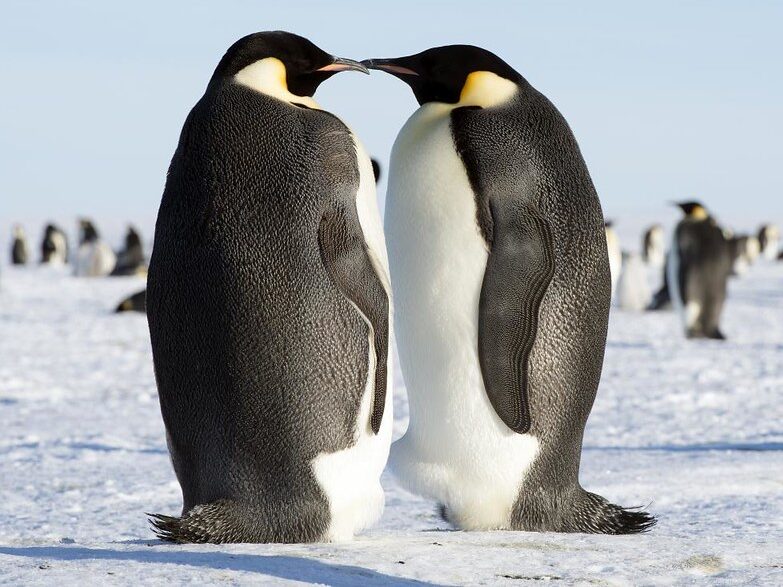
Earth is full of environmental extremes, from freezing cold to intense heat. While humans mainly live in temperate regions, a wide variety of other creatures thrive in the harshest conditions. These organisms are known as extremophiles. Here are 10 animals that manage to survive in extreme environments.
Emperor Penguin
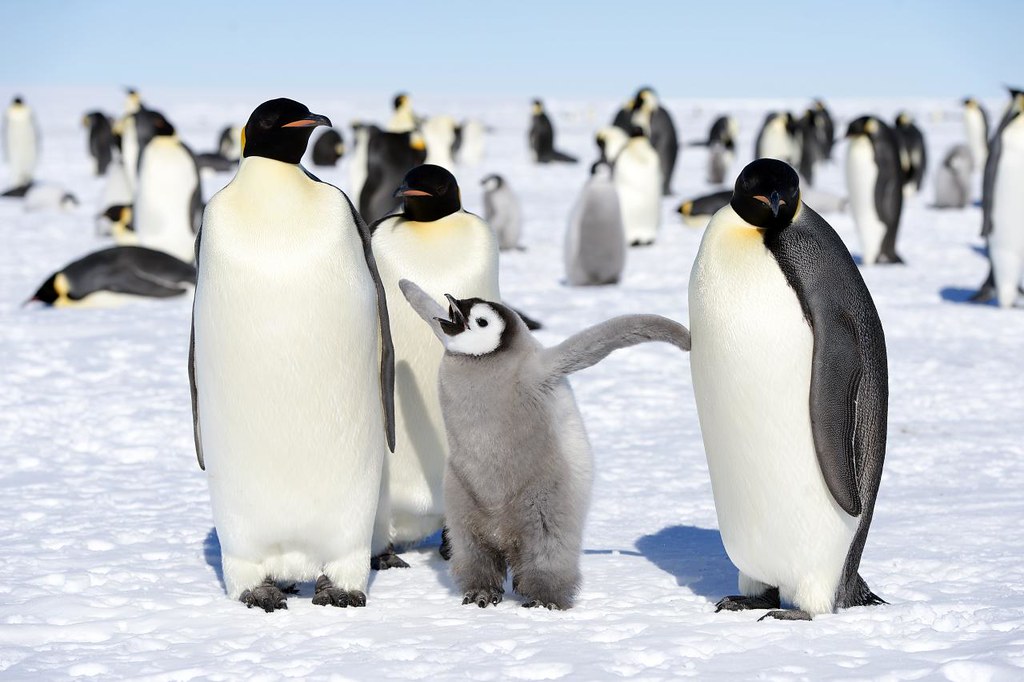
These flightless birds spend their mating season in Antarctica, where temperatures often drop to −40 °F. To survive the life-threatening cold, the colony gathers in a massive group to share warmth and reduce individual exposure to the elements. At regular intervals, the penguins on the outer edges of the huddle are moved to the center, giving everyone a chance to warm up.
Polar Bear
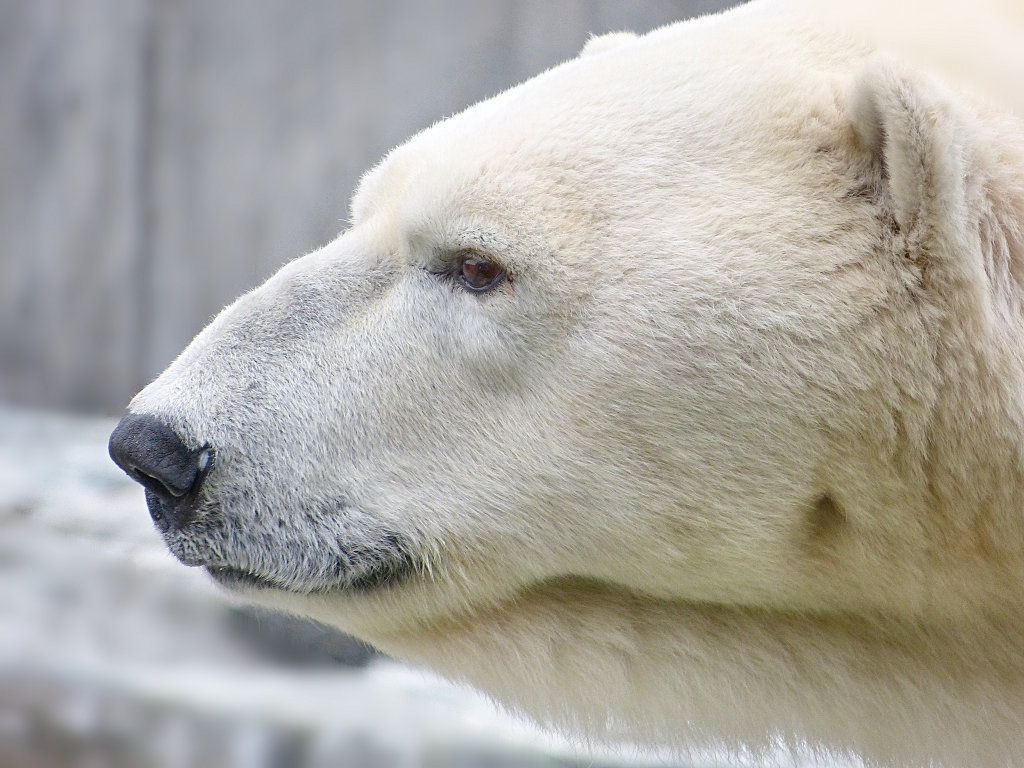
Polar bears are the largest land carnivores on the planet and are known for their remarkable ability to withstand the cold. They have a thick layer of fat, up to 4.5 inches, dense fur, and a water-repellent coat that helps them stay in temperatures as low as -50 degrees Fahrenheit. Beneath their fur, they also have black skin that absorbs heat from the sun.
Snow Leopard
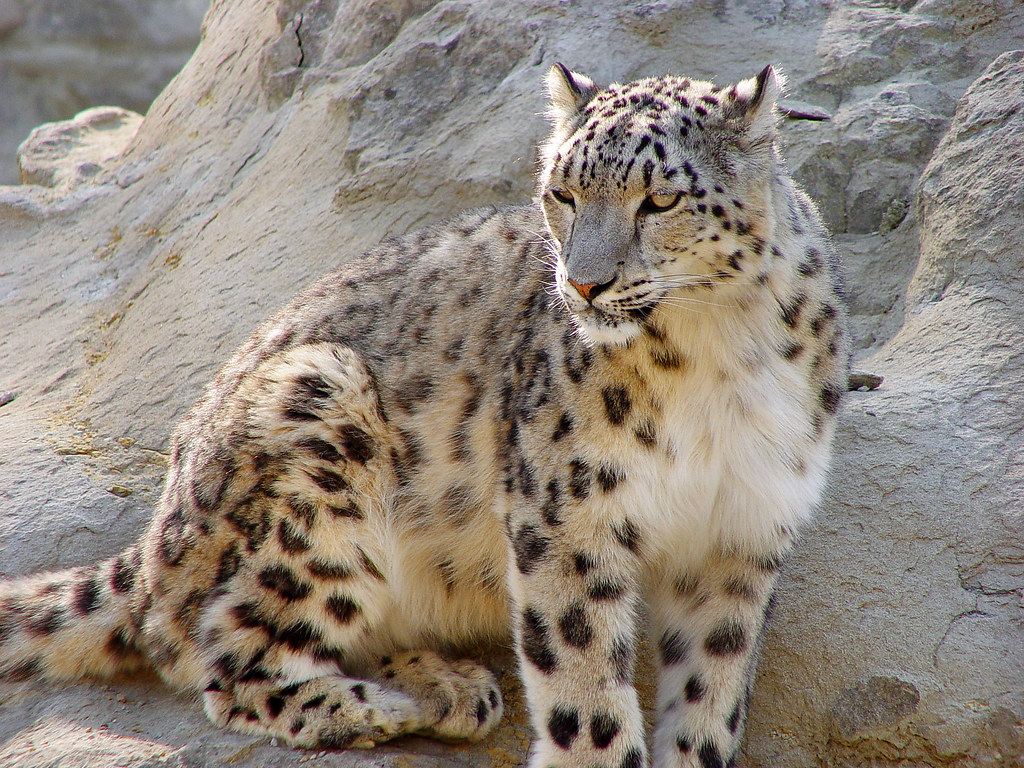
Snow leopards are specially adapted to live in Central and South Asia’s cold, high-altitude mountainous regions. With their thick fur and wide, fur-covered feet acting as natural snowshoes, these cats are built for harsh weather conditions. They are known to inhabit altitudes of up to 6,000 meters, where few other animals can survive.
Tube Worms
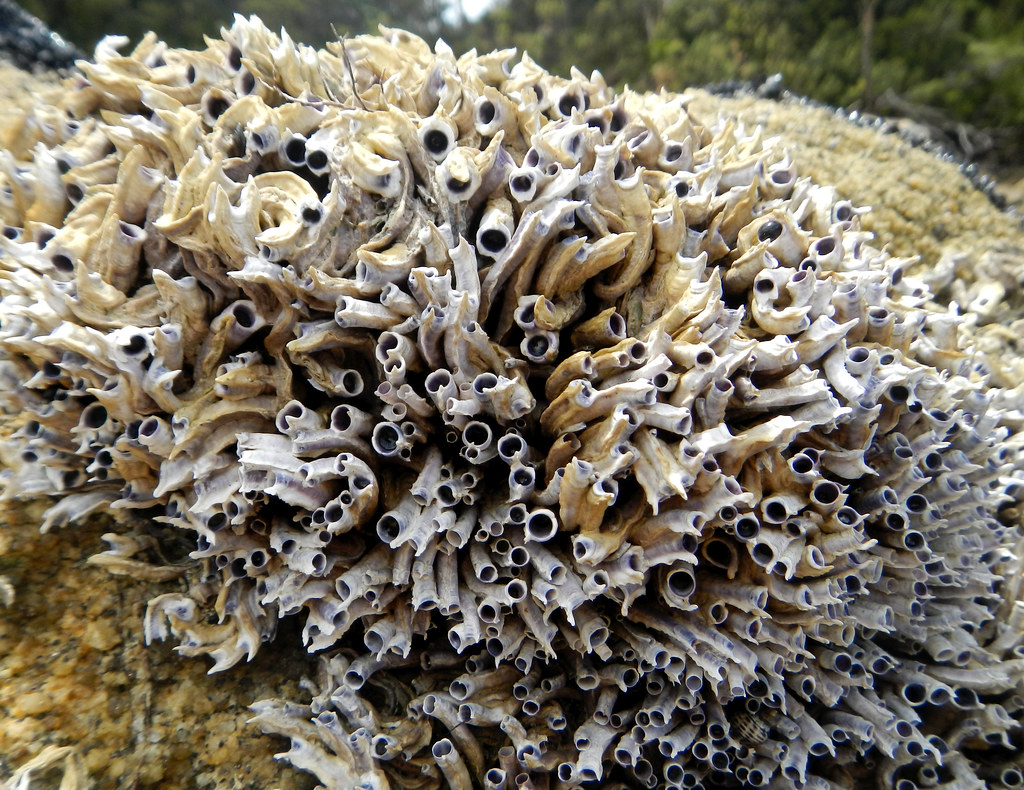
These creatures live on the seafloor, gathering around hydrothermal vents. These vents release water heated to over 700 °F by the Earth’s magma, but the water around the worms remains at a survivable temperature. They thrive without sunlight, using bacteria in their bodies to convert chemicals from vents into food through a process called chemosynthesis.
Dromedary Camel
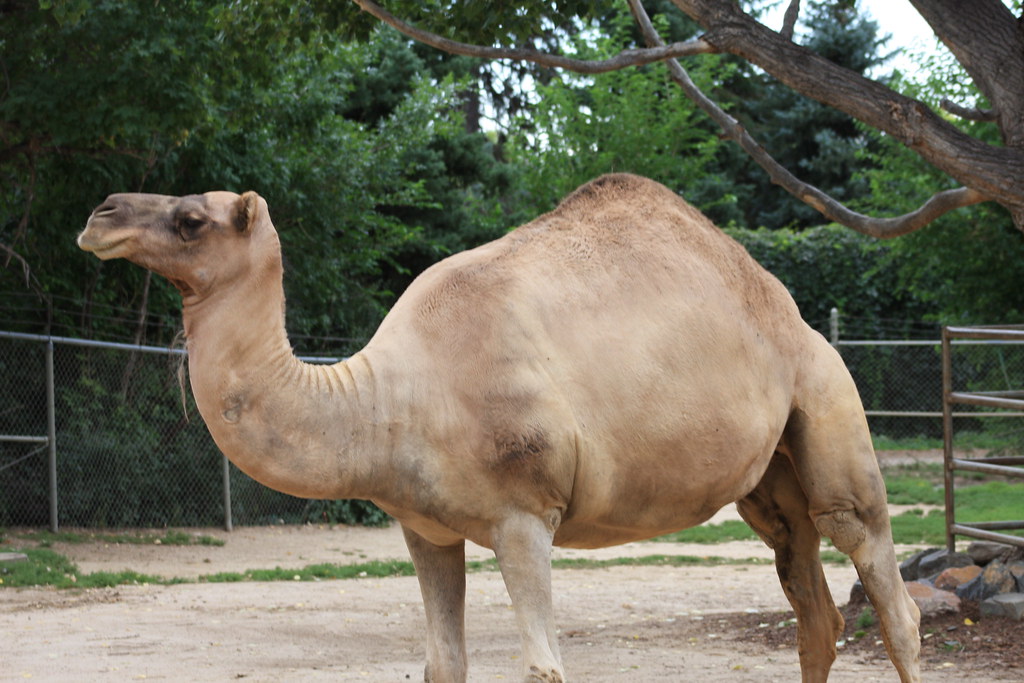
Also called Arabian camels, these animals are perfectly suited for life in tough desert climates. They can have about 30 gallons of water at once and lose up to 30% of their weight in water without suffering from dehydration. Their body temperatures can range between 95 and 107 degrees Fahrenheit, and their humps store fat that can be turned into water and energy when food and water are scarce.
Antarctic Krill
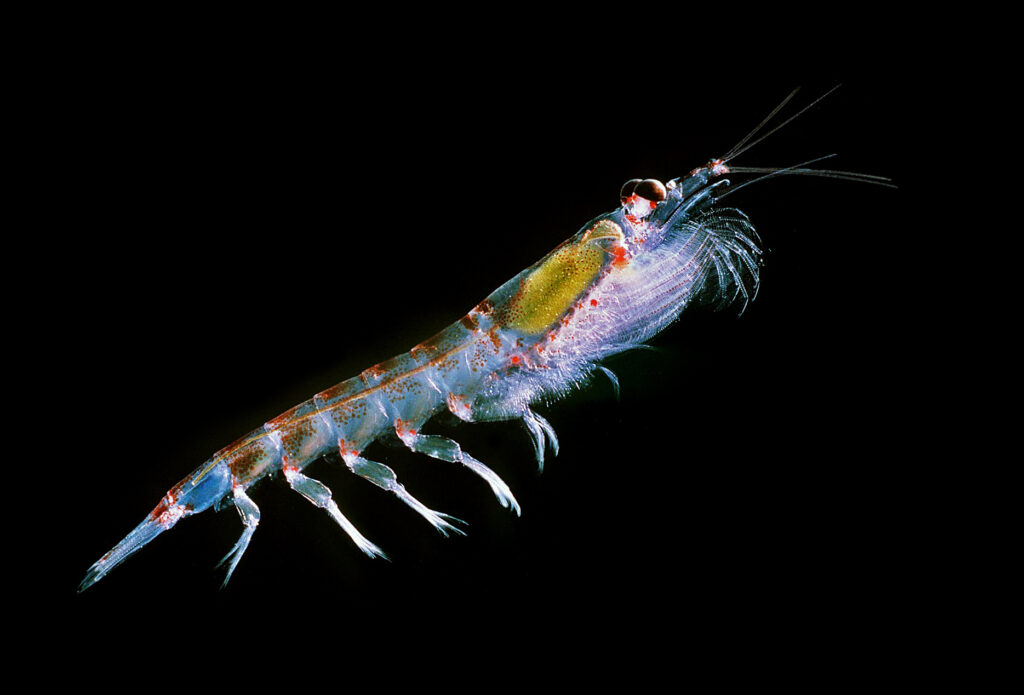
These tiny crustaceans live in the freezing waters of the Southern Ocean around Antarctica. They can survive the cold thanks to a special compound called glycoproteins in their blood, which acts as natural antifreeze. They play a vital role in the Antarctic ecosystem, serving as the main source of food for many larger animals.
Naked Mole Rat
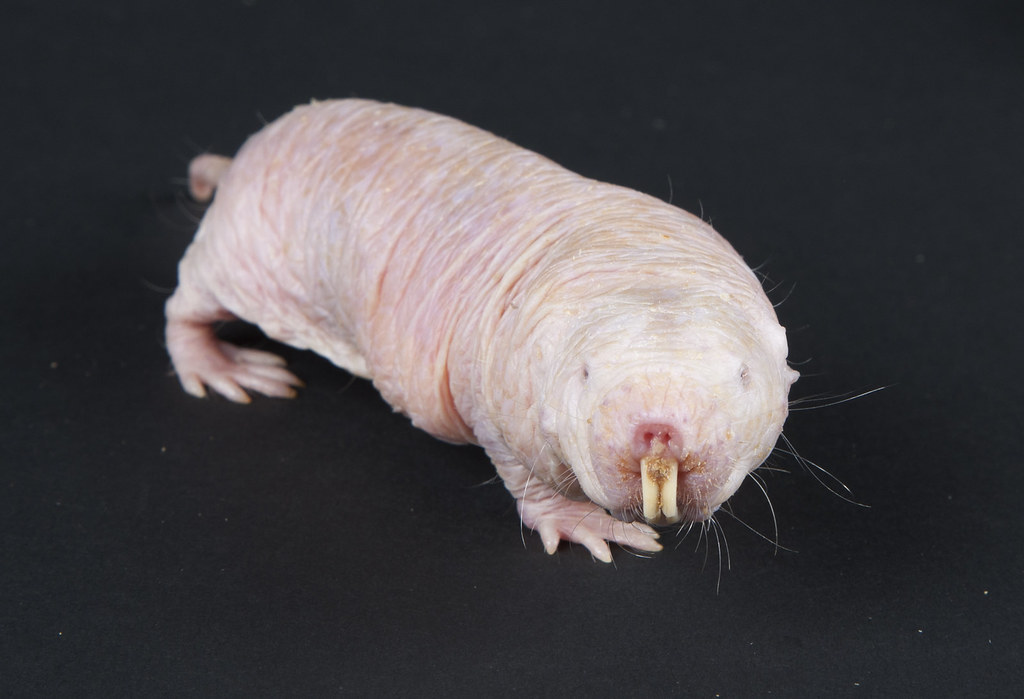
Naked mole rats thrive in a harsh underground environment with low oxygen levels and high carbon dioxide. They’re practically blind and have adapted by developing an extraordinary social structure, much like that of bees or ants. In their colonies, there is only one breeding female (aka the queen) and a few breeding males, while the rest of the mole rats serve as soldiers or workers.
Pompeii Worm
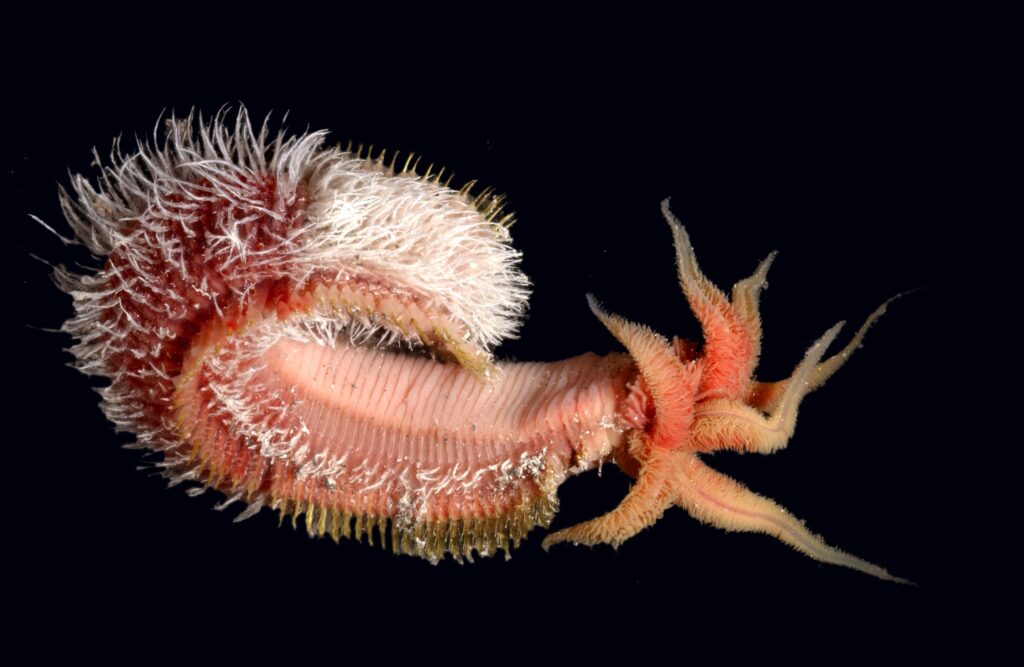
Far beneath the ocean’s surface, far from the sun’s life-giving reach, unique ecosystems have formed around extremely hot, mineral-rich hydrothermal vents near undersea volcanoes. Researchers have discovered a whole range of life around these vents, including this Pompeii worm, which can live in temperatures as high as 175 °F.
Tardigrade
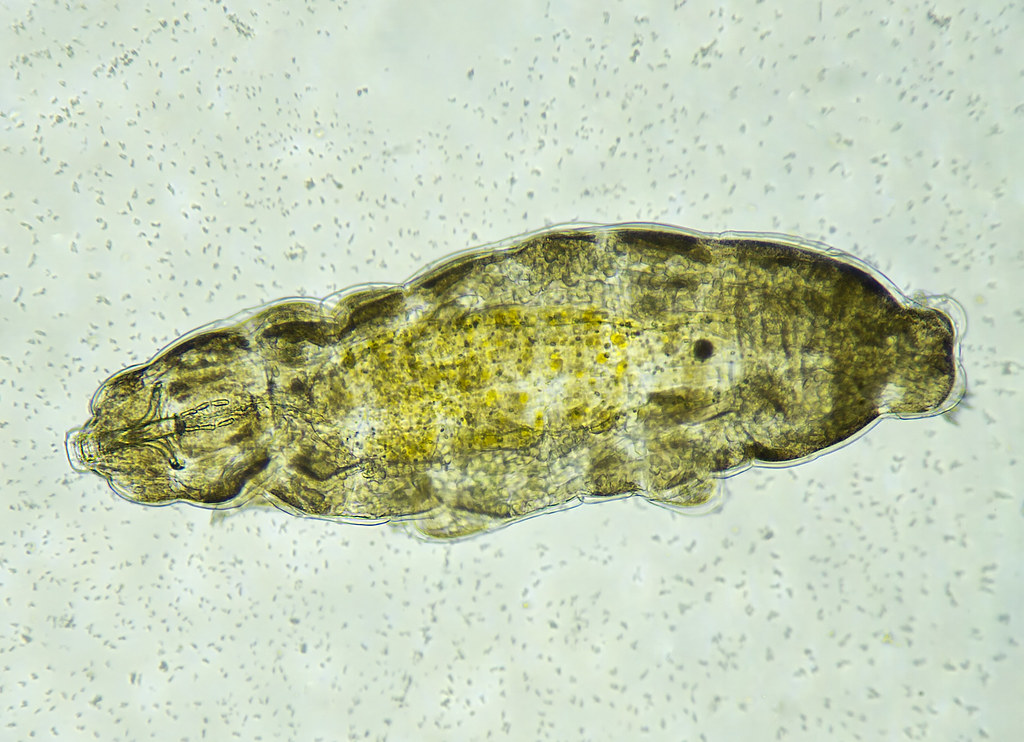
These incredible microscopic organisms seem to thrive in any environment. Known as water bears, these strange eight-legged creatures have been discovered in deserts, glaciers, hot springs, and even on the highest mountains. In the harshest conditions, tardigrades survive by entering a deathlike state called cryptobiosis, where they can stay for decades and still come back to life when exposed to water.
Jerboa
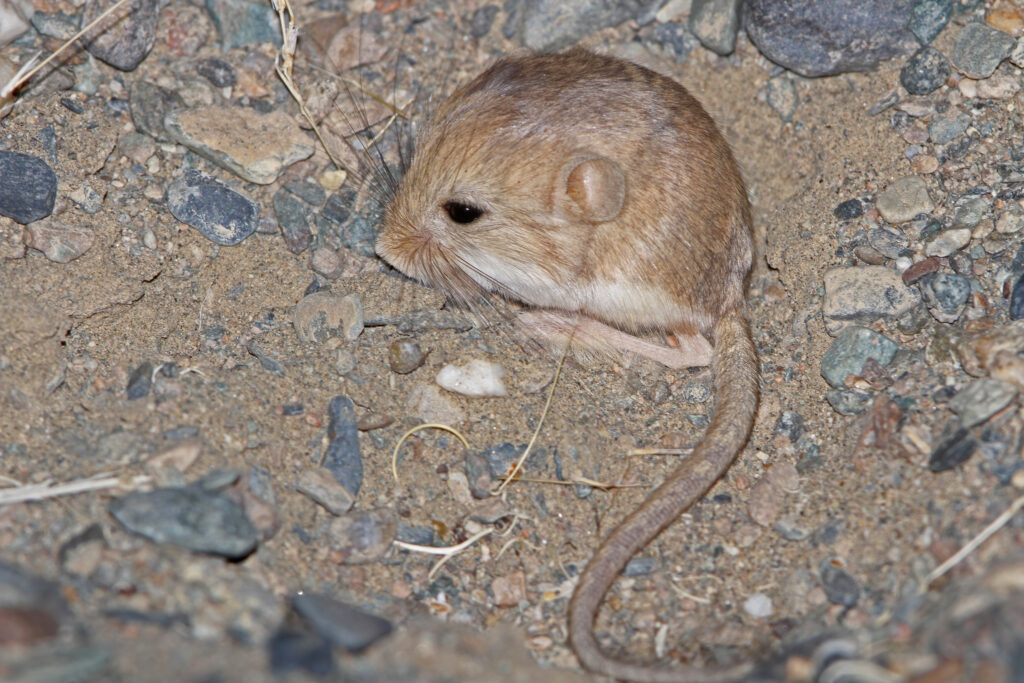
These tiny rodents are found in the hot deserts of Asia and Northern Africa. They have fur-lined feet to shield them from the scorching desert sand. To survive the extreme heat, they take the easy route: they sleep in a cool burrow during the day and come out at night, when it’s cooler, to search for food.
